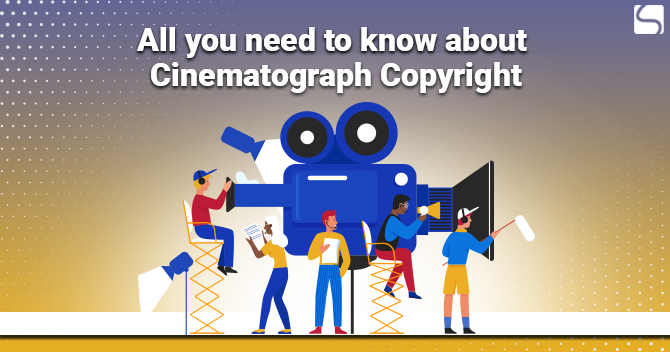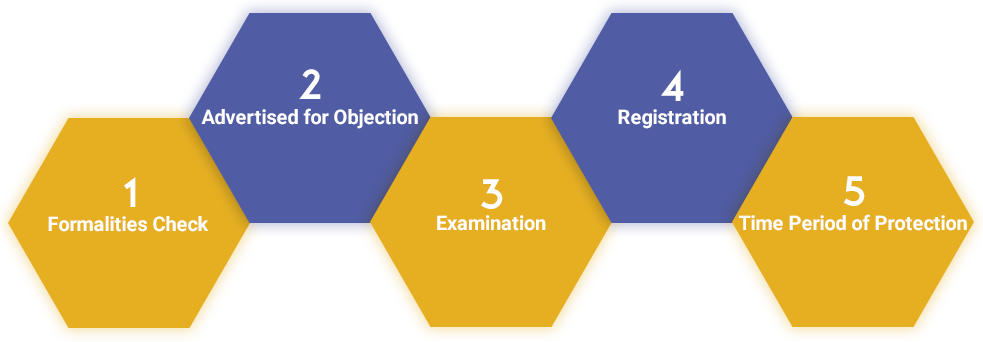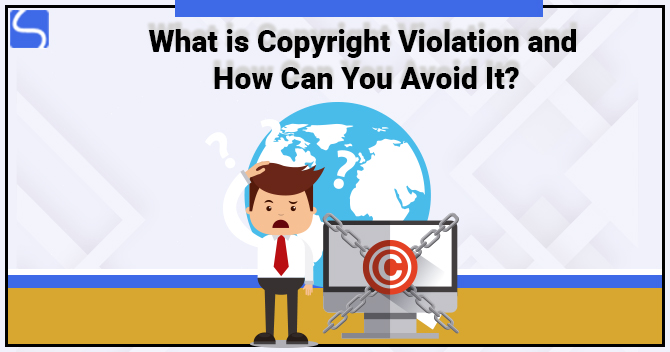All you need to know about Cinematograph Copyright

Japsanjam Kaur Wadhera | Updated: Dec 29, 2020 | Category: Copyright
Copyright is an exclusive right given to the creator for his/her original work that represents such work to be unique and protected under the Indian Copyright Act, 1957[1]. The copyright can be done for works such as literary, dramatic, artistic, musical, and architectural, computer programs and cinematograph films which can be protected for a period of 60 years in India. While talking about cinematograph films, it can be defined as any work of video recording or visual on any sort of means produced through a process from which a moving image may be unfolded. This article will specifically talk about cinematograph film and all that you need to know about the cinematograph copyright.
Table of Contents
Subject Matters of Copyright
The copyright protection can be given to the following subject matters in accordance with Section 13 of the Act:
- Cinematograph Films
- Literary
- Dramatic
- Architectural
- Musical
- Sound recordings
- Computer Programs/software
- Artistic
Who are eligible to apply for Cinematograph Copyright?
The persons who are eligible to apply for the registration of cinematograph copyright are:
- Authors
- Writers
- Creators
- Artists
- Architects
- Creative professionals
Understanding Cinematograph film and its copyright
Cinematograph Film is any realistic order work which has moving visuals or images. It can be made by any sort of medium and carries a visual recording accompanying a sound recording as well.
The Cinematograph copyright provides protection to the original work of the author which encourages the authors to create more work.
This is a well know fact that the copyright is used to protect the original expression of an idea in the form of creative work of an author but not the idea itself. The cinematograph copyright necessitates the strong public education and awareness.
What is the procedure for Cinematograph Copyright?
The procedure for the copyright of cinematograph film is as follows:

Formalities Check
On the submission of the application for cinematograph copyright by the applicant, the copyright officer performs a formality check to verify the documents and records. However, in the failure of submitting the necessary documents, a letter detailing the necessary documents to be provided is sent to the applicant. The film copyright laws are followed under this.
Advertised for Objection
The next step involved in the cinematograph copyright once the formality check is done by the copyright officer is that the said application is advertised by the officer for a period of 1 month for raising any objections from any person who may have interest in the subject matter of the copyright or disagrees with the right of the applicant to register the work. If any objection is raised by any person, it shall be scrutinized and the applicant shall be required to give a reply to the same. Both the parties shall be heard and if the objection exists, will stand rejected.
Examination
The work shall be examined by the copyright officer if any objection or disagreement is raised. If the objection subsists the application will be rejected. However, if no objection is raised or the raised objection is cleared, then the application will moved to the next step.
The applicant shall be given a chance to correct his work if any discrepancies arise and the application so corrected shall be passed for registration. Once the discrepancies are corrected, the application will be processed and the certificate of registration shall be issued by the registrar.
Registration
A registration certification along with the extracts of copyright registration will be sent to the applicant, once the examination process for cinematograph copyright registration is completed.
Time Period of Protection
Section 26 of the Copyright Act defines the time period for the protection of cinematograph films. The duration of protection is for 60 years from the beginning of the calendar year next following the year in which the author dies.
Documents required for Cinematograph Copyright
- Applicant’s Details.
- Form XIV and Statement of Particulars signed by the applicant.
- 2 copies if the work is not published and 1 copy if the work is published.
- Power of attorney if the application is filed by a Lawyer on behalf of the applicant.
- No Objection Certification if the application is filed by any other person on behalf of the author.
- In the case of Cinematograph Films, a Statement of Further Particulars is not required.
Fee for Cinematograph Copyright
The fee for Cinematograph Copyright registration is Rs. 5,000 per work. The application for registration must be accompanied by the required fee and supporting documents and records and must be submitted in person or by post.
How is the Cinematograph Film published?
The cinematograph film is published through: –
- DTH Channels show casting cinematograph films.
- TV Shows show casting cinematograph films.
- Broadcasting the cinematograph film through DVD or Compact Disk.
- Releasing the movies in the multiplexes or theatres.
Benefits of Cinematograph Copyright Registration
Once the original work of cinematograph film is registered under the Copyright Act, it protects the work of the author. The benefits that the author can enjoy on cinematograph copyright registration are: –
- Privilege to work freely.
- Public display of the work of the author.
- Passing of the right of work.
- Safeguarding the author’s reputation.
- Legal protection of ownership.
- Revenue generation.
- Attracting the attention of the crowd.
- Precautionary measures.
- Prevention of monetary loss.
Conclusion
Copyright is the right given by the law to the creator of the artistic works. It protects the rights of the authors over their creativity and rewards them for it. Once the work is protected under the Act, no person is allowed to use, copy, reproduce or imitate the copyrighted work. Any unlawful use of copyrighted works will amount to infringement and shall be liable for punishment and penalty under the Act. The copyright protection is available to the cinematograph film including the soundtrack. However, the cinematic artists who act in the film are not given protection under copyright law for their actions. The procedure for registration of cinematograph copyright has to done in accordance with the rules and regulations specified under the provisions of Copyright Act, 1957.
Also, Read: All you need to know about Copyright of Sound Recording














